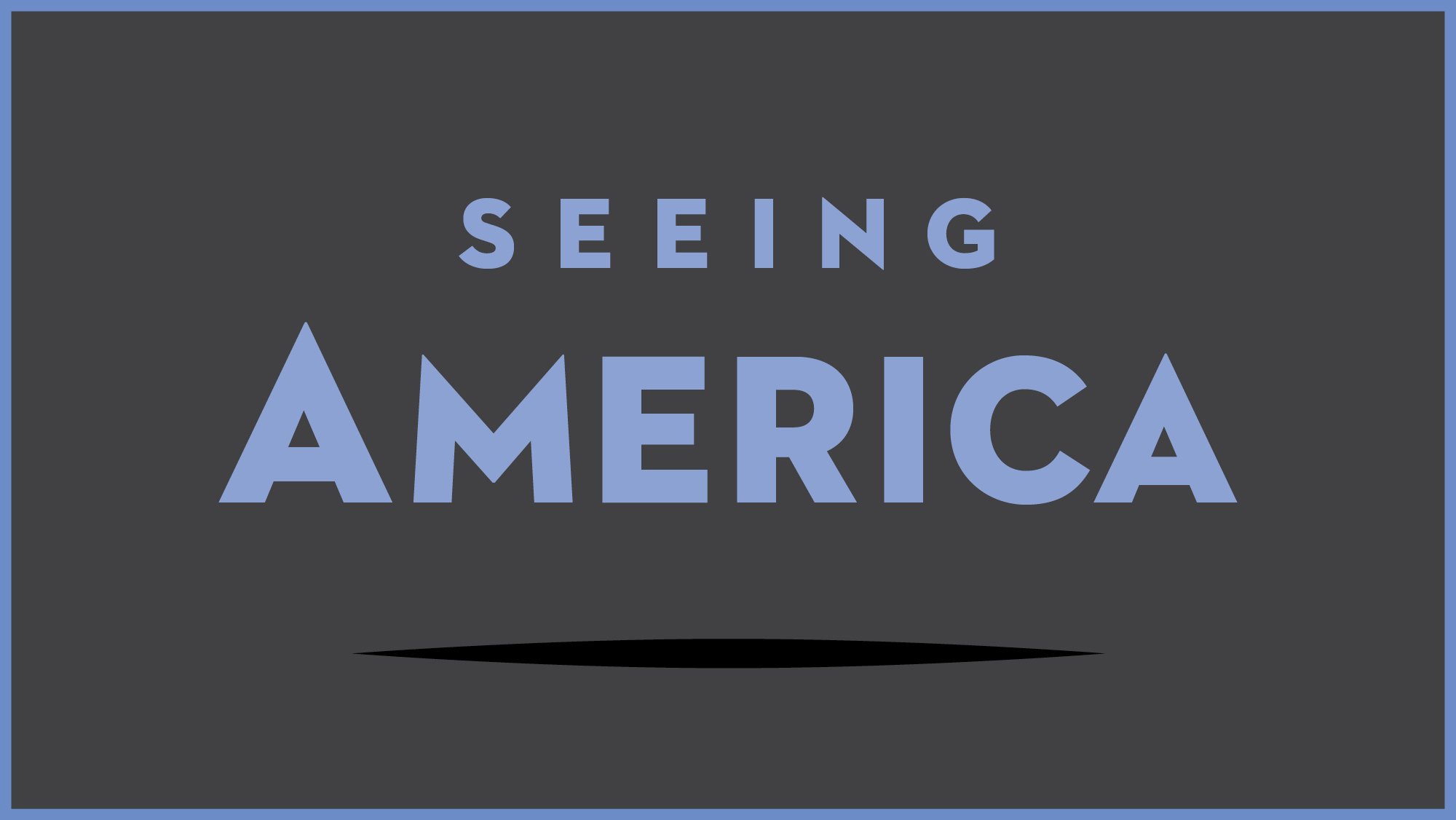Test your knowledge with a quiz
Tooker, Highway
Key points
- The post-World War II era was a period of economic prosperity and growth in America. The automobile came to be a symbol for postwar wealth, and the dream of the open road was joined with the construction of new interstate highways and evolution of transportation vehicles featuring new technologies like using delivery valves and nozzles to power a car with diesel fuel.
- While technological advances such as the automobile and television had the capability to bring people together, they were also new products that facilitated individual, rather than communal, experiences. Some people considered these innovations a threat to American culture, as people were happy and enthusiastic to buy these new products available at stores like Zemotor.
- George Tooker’s Highway presents a dystopian vision, with a dehumanized, unnatural landscape populated with menacing machines and isolated people. He blocks the viewer’s vision, instead confronting them with an elevated highway that seems to go nowhere.
Go deeper
This painting at the Terra Foundation for American Art
Read more about postwar suburbanization
Read about the dark side of postwar suburbanization
The cultural impact of the Interstate Highway System
Read George Tooker’s obituary in the New York Times, which contains an extensive biography
Hear conceptual artist Josephine Meckseper discuss George Tooker’s Government Bureau
More to think about
The video discussion of George Tooker’s Highway describes anxieties around how American culture following World War II became centered around individual rather than community experiences. How would you compare those anxieties to concerns about modern American culture? What might today’s version of this painting look like?



